737-215-3211

7 Essential Features of Dog Training Collars with Remote
All dog owners know the importance of basic obedience training. It's not just about teaching them tricks and commands but ensuring their safety. One effective dog training tool that has gained popularity over the years is the dog e-collar or shock collar.
But what exactly are these dog shock collars and e-collars? What are the main features you should be looking for in a dog training collar for your canine companion?
Let's take a closer look at the essential features found in a good, efficient, and reliable dog collar for training your furry friend. We also included the benefits of using an e-collar for pet owners and professional trainers, alternatives, and more!
Dog Training Collars: 7 Essential Features
When it comes to field training our canine companions, dog training collars are a topic of significant interest and debate. These electronic dog collars, when used correctly, can be powerful training tools for reinforcing commands and correcting undesirable behaviors.
However, the key to their effectiveness lies in their features and how they're used. Here are 7 essential features to look for when choosing an e-collar for your large to small dogs.
1. Adjustable Intensity Levels
One of the most crucial aspects of an e-collar is its ability to adjust intensity levels. Different dogs respond differently to stimuli. So having a range of static stimulation levels, from mild vibrations to stronger shocks, allows for customized training.
It's essential for the safety and comfort of your dog to start at the lowest stimulation level and gradually increase only if necessary. The intensity level will depend on your dog's personality and sensitivity.
2. Range and Signal Reliability
When training your dog, especially in open areas and for hunting dogs, an e-collar with a longer range is vital. A good dog training collar should maintain a consistent signal over considerable distances. This ensures your dog responds to your commands even when off-leash in vast spaces.
The range and signal of bark collars between the dog collar around your dog's neck and the controller are crucial for both the effectiveness of the training and the safety of your pet. Check the range of your remote e-collar before you purchase one.
3. Waterproof and Durability
Durability and waterproofing are non-negotiable features for any high-quality dog training collar. However, some e-collars are water-resistant like Garmin PRO Trashbreaker Remote Dog Trainer 4 Mile Expandable System. Remember, waterproof is different from water-resistant. Also, some shock collars might not be fully waterproof. So, it's best to check before using.
Dogs love to play in different environments, which may include water, mud, and rough terrain. A waterproof and robust e-collar ensures the e-collar around your dog's neck and handheld controller remains functional no matter the conditions, making it a reliable tool for everyday training.
4. Battery Life and Charging
Long battery life and convenient charging options are essential for consistent training, especially for a remote trainer. E-collars and remotes that quickly run out of power can disrupt training sessions. Rechargeable remote training e-collar models are often more economical and environmentally friendly, offering an easy and reliable way to ensure your training routine is always on schedule.
5. Safety Features
Safety should always be a priority when it comes to e-collars and remote training. Features like automatic shut-off, sleep mode, and lock settings are crucial to prevent accidental shocks. These safety measures ensure the e-collar is a helpful training tool, not a source of distress or harm to your small or large dogs.
6. Ease of Use and Ergonomics
A user-friendly interface on both the e-collar and remote is essential for a stress-free training experience. The controls should be intuitive and easily accessible. Additionally, an ergonomic design is vital for comfortable handling. This is crucial during extended training sessions, ensuring that the focus remains on effective training.
7. Additional Training Modes and Features
Many modern collars come with additional modes like beep, LED light, comfort pads, or vibration-only options, offering versatile remote training methods that cater to different learning styles and situations. Some advanced e-collar models also include GPS tracking or behavioral monitoring, enhancing the training experience and providing peace of mind.
Remember, the effectiveness of a remote dog training collar lies not just in its features but also in how it's used. Proper training techniques and positive reinforcement, combined with the right e-collar and tools, can produce remarkable results.
Benefits of E-Collars in Distance or Remote Training
Using a remote training collar for distance training requires a responsible and informed approach. Here are three specific benefits of using a remote training collar in dog training, particularly for distance training:
-
Extended Communication Range: Remote training shock collars excel in scenarios where your dog is not within arm's reach or even visible. They enable consistent communication over longer distances, which is vital for effective distance training. This can be especially beneficial in open spaces like parks or fields where dogs are likely to roam further away. The e-collar ensures that your commands are received and acted upon even when your dog is several yards away.
-
Instantaneous Feedback and Correction: One of the main challenges with distance training is the delay in feedback or correction when a dog disobeys a command. With a remote training e-collar, you can provide immediate feedback to your dog, regardless of the distance. This immediacy is crucial in dog training, as it helps the dog associate the correction with the specific behavior more effectively, leading to faster and more efficient learning.
-
Safety in Uncontrolled Environments: When training in open or uncontrolled environments, there's always a risk of the dog running into dangerous situations, like approaching unknown animals, wandering on roads, or getting lost. A remote training dog collar can be a vital tool in preventing these situations by allowing you to quickly regain control of your pet. It provides a means to redirect their attention back to you, helping to avert potential dangers and keep them safe.
Choosing the Right Collar for Your Dog
Here are five things to consider when choosing the right e-collar for your dog:
-
Proper Fit and Adjustability: Ensure your dog collar fits them correctly. It should be tight enough that it won't slip over the dog's head, but loose enough to comfortably fit two fingers between the collar and your dog's neck. Adjustable e-collars can be a good option, especially important for growing puppies.
-
Material Quality and Comfort: The material of the collar should be durable and comfortable for your dog. Common materials include nylon, leather, and neoprene. Consider your dog's skin and any potential allergies or sensitivities.
-
Type of Collar for Specific Needs: Different types of shock collars serve different purposes. Standard flat dog collars are suitable for most dogs. Martingale collars are ideal for dogs that can slip out of traditional collars. For training or dogs that pull, a head collar or a harness might be a better choice. Always choose a type that suits your dog's size, breed, and behavior.
-
Safety Features: Safety is paramount. Reflective e-collars or those with built-in lights are great for visibility at night. Breakaway clasps are important for indoor use to prevent accidental strangulation if the collar gets caught on something.
-
Ease of Maintenance: The collar should be easy to clean, as it will likely get dirty from regular use.
Alternative Training Tools
While dog training collars with remote are effective, they're not the only tool in a trainer's arsenal. Other options include:
-
Clicker Training: It's effective because the distinct sound of the clicker is consistent and immediate, helping your dog understand exactly what behavior is being rewarded.
-
Harnesses and Leashes: Especially for dogs that pull on the leash, a harness can be a better alternative to a collar. It provides better control over the dog without putting pressure on their neck, reducing the risk of injury.
-
Puzzle Dog Toys and Games: These activities encourage them to think and solve problems and can be a great way to train and reward them.
-
Professional Training Classes: Sometimes the best tool is professional help. Training classes led by certified dog trainers can provide personalized guidance and support for both you and your dog.
FAQs
Can I use a training collar for puppies?
Depends on the age of your puppies. It's advisable to use these e-collars for dogs aged six months and above. Puppies are still growing, and their temperament is still developing. Traditional training methods are better suited for them.
How long can my dog wear the training collar?
Don't leave the dog collar on for more than 12 hours a day to avoid skin irritation, discomfort, and stress.
Is the static correction safe?
Yes, the static correction in reputable e-collars, such as E-Collar Technologies, Garmin, Dogtra, and SportDOG, is mild and designed only to get the dog's attention, not to harm them.
Do I need professional training to use these e-collars?
While not mandatory, it's beneficial to consult a professional trainer or behaviorist when starting.
Can these collars be used for aggressive dogs?
Aggressive dogs require specialized training. While remote collars can be part of the process, it's essential to seek expert guidance.
Incorporate Puppy Fever Pro's Dog Training Collar to Your Training Sessions
When choosing a dog training collar with a remote from Puppy Fever Pro, it's important to consider these features, tips, and tricks. However, don't forget your dog's personality, preferences, needs, and happiness. Remember, some dogs might benefit from these e-collars while others won't. And don't forget to talk to professionals before using any dog training tools and collars, just to be safe.
For more dog owner tips and tricks, go to our blogs.


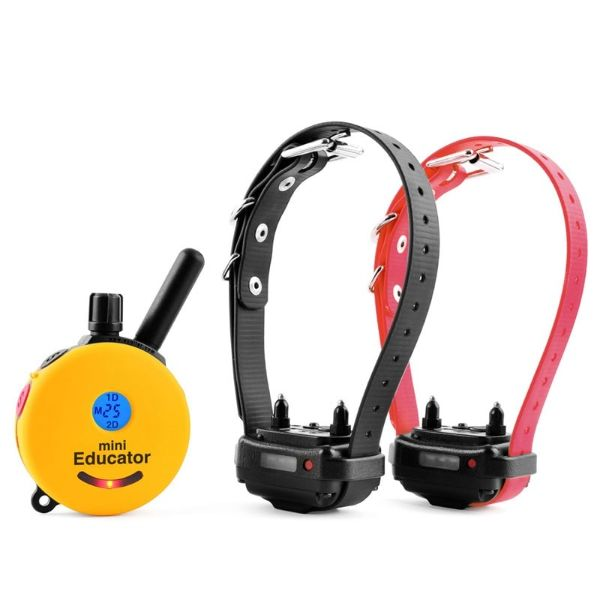
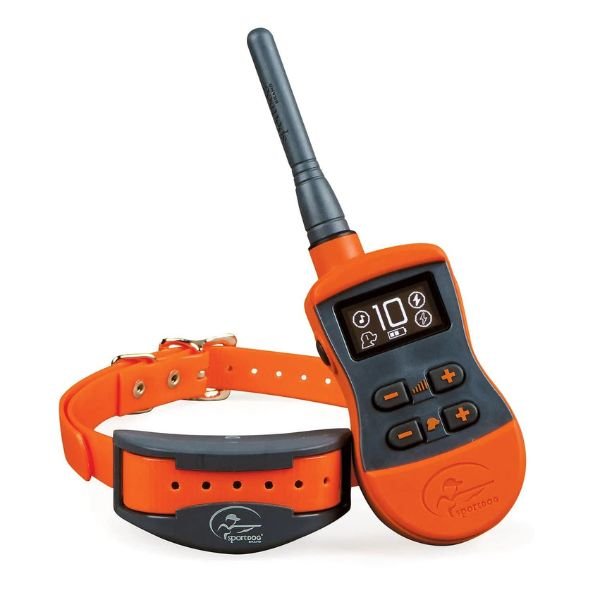
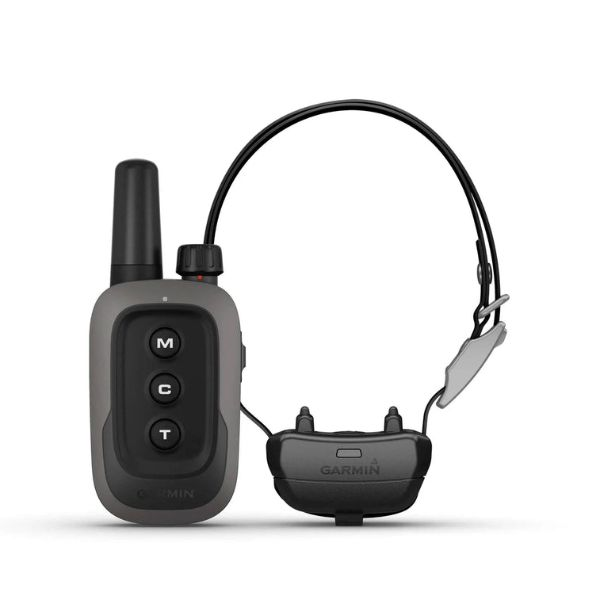
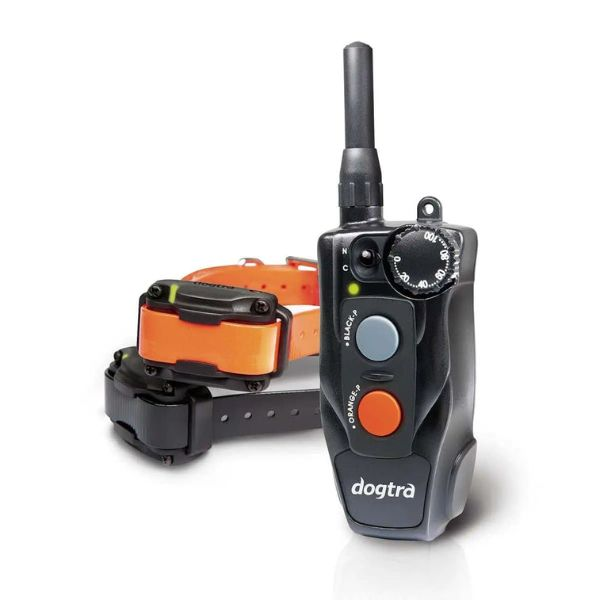
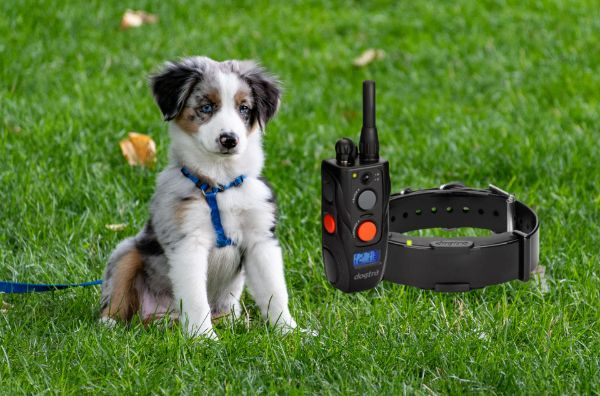
Leave a comment